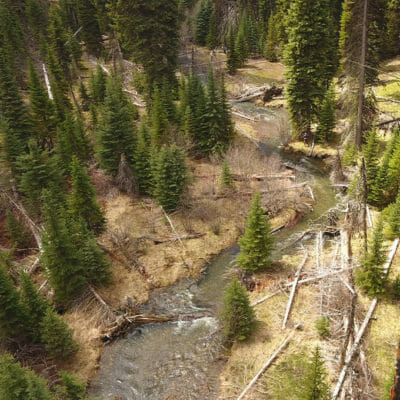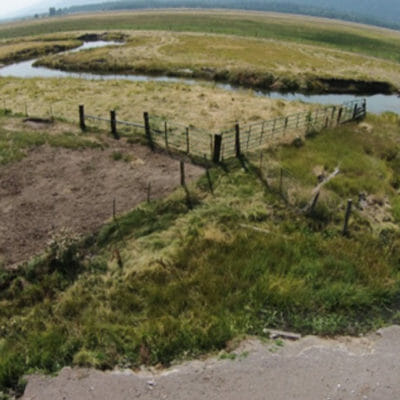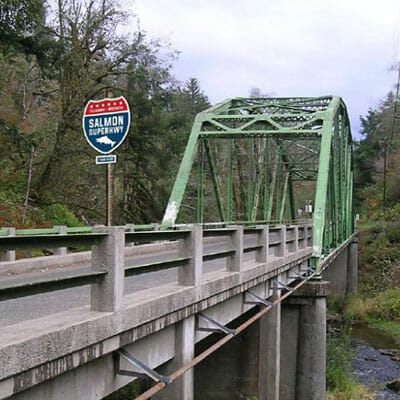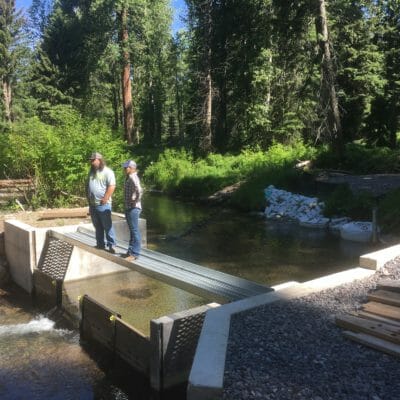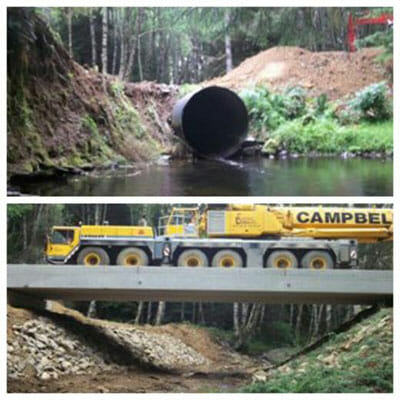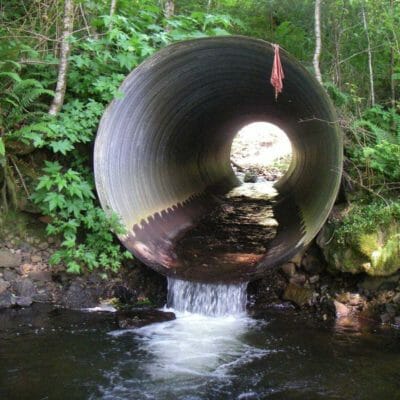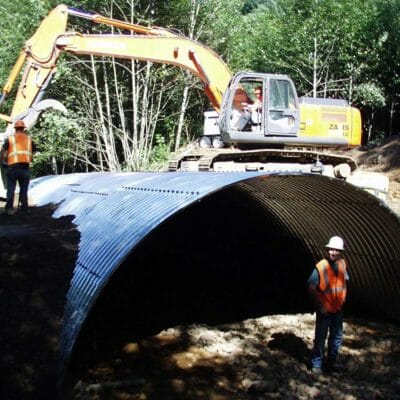The Blue Mountain and Idaho Batholith Ecoregions in NE Oregon and SW Washington provides habitat for numerous threatened and endangered trout and salmon. Trout Unlimited (TU) focuses our work on four of its most critical river basins – the John Day, Umatilla, Grande Ronde, and Clearwater. Each of these watersheds is a stronghold for resident…
Trout Unlimited was a lead negotiator and signatory to the Klamath Hydroelectric Settlement Agreement under which PacifiCorp will be removing four obsolete dams on the Klamath River. The dams cut off fish access to more than 400 miles of upstream rivers, including spring-fed climate refugia in the shadow of Crater Lake. They also have a…
Successful because of people like you, the Salmon SuperHwy project is an unprecedented effort to restore access for fish to almost 180 miles of blocked habitat throughout six major salmon and steelhead rivers of Oregon’s North Coast —watersheds that represent some of the richest salmon and steelhead recovery potential anywhere in the lower 48 states.…
by Sam Davidson | January 31, 2019 | Conservation
The Klamath River is the third most productive watershed for salmon and steelhead on the West Coast. The Klamath and Eel Rivers are legendary for their salmon and steelhead runs. But these famous fisheries have been hard hit by dams, diversions, and in recent years extreme drought. TU is at the forefront of efforts to…
Renowned for their size, the Lewis and Clark River is still home to a remnant population of winter steelhead. But two perched and undersized culverts on private timber land blocked upstream and downstream passage for adult and juvenile native winter steelhead and coastal cutthroat trout to and from intact spawning habitat. One culvert was on…
Working with a private timber company, Trout Unlimited removed nine culverts which were barriers to passage for Necanicum River wild coho, steelhead, coastal cutthroat and lamprey. Starting at culvert highest in the watershed of the nine targeted for removal, TU removed fill and the culvert while recontouring stream banks to replicate pre-road conditions. From there…
By replacing an undersized perched culvert on U.S. Highway 101 between Seaside and Cannon Beach, Oregon, TU and it’s partners were able to restore passage to the upper reaches of Circle Creek. The creek is a main spawning tributary of the Necanicum River for wild coho as well as steelhead, cutthroat and lamprey. By using…
